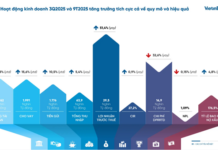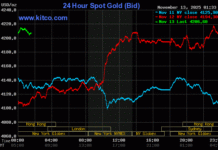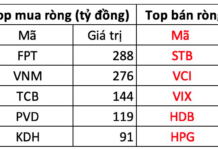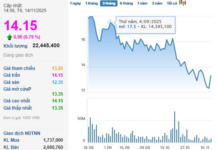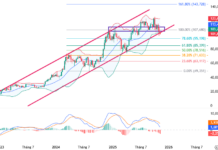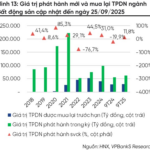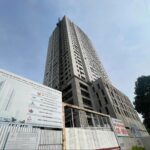Diverse Loan Packages Targeting Young Buyers
Since the beginning of 2025, real estate credit has emerged as a key driver of overall credit growth in the economy. According to the State Bank of Vietnam, outstanding real estate loans currently stand at approximately 3.18 quadrillion VND, accounting for nearly 18.5% of the total outstanding loans in the system. In the first quarter alone, credit flowing into real estate surged by 7.5%, double the overall growth rate, contributing over 40% to the market’s credit increase. This trend highlights a robust recovery in real estate credit this year.
A significant factor revitalizing the market is the stabilization and reduction of home loan interest rates, with many state-owned commercial banks offering rates as low as 6–7% per year. Notably, the State Bank has exempted social housing loans from credit limits and set a preferential interest rate of 5.9% per year for the second half of 2025.
Additionally, several banks have launched tailored loan packages for homebuyers under 35, a demographic with high housing demand but limited capital accumulation. This initiative not only stimulates consumption but also cultivates a long-term customer base for banks.
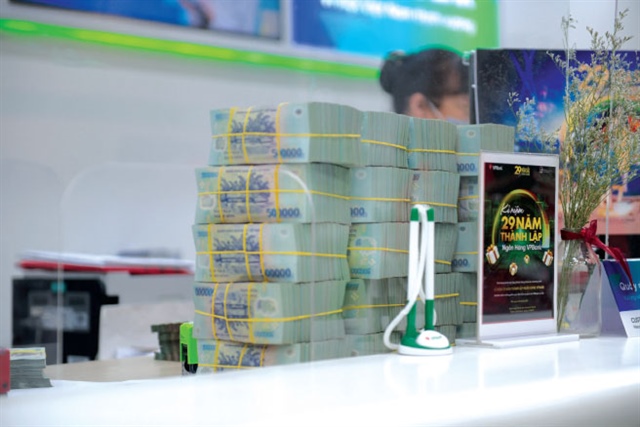
Banks offer attractive interest rates for young homebuyers. Photo: Lê Vũ |
According to real estate expert Lê Minh Hoàng, Director of the Asset Valuation Center at a bank, banks are now focusing on owner-occupiers, particularly young and first-time buyers, offering long-term loans with competitive interest rates. Consequently, individual customers have become the primary driver of retail credit growth. Simultaneously, banks are selectively funding real estate developers with transparent legal frameworks, near-completed projects, and stable cash flows.
In terms of real estate segments, credit is primarily directed toward commercial housing in major urban areas, social housing, and worker housing, which benefit from special policies. Industrial, office, and commercial real estate are also positively assessed due to supply chain shifts and rising rental demand. Conversely, banks remain cautious about speculative projects like resorts, condotels, and land plots, which pose legal and cash flow risks.
Đinh Hoàng Thắng, a senior manager at Batdongsan.com.vn, added that as of July 31, 2025, real estate credit outstanding reached approximately 4.08–4.10 quadrillion VND, a nearly 17% increase from the end of 2024. Ho Chi Minh City alone accounts for 1.09–1.12 quadrillion VND, or 27–27.5% of the locality’s total credit and about 25% nationwide, the highest in the country.
In summary, amidst strong overall credit growth, real estate is a major capital absorber. Growth is driven not only by low interest rates and social housing policies but also by loan packages targeting buyers under 35. This trend indicates banks are shifting capital toward sustainable directions, promoting both market growth and genuine housing needs.
Credit Growth Fueled by Attractive Interest Rates
With gold prices surging since the year’s start, real estate may become less appealing for short-term investments. This reduces speculative capital in the property market while indirectly increasing construction costs and property prices due to inflation and currency devaluation.
However, if interest rates continue to decline, real estate will regain its competitive edge as a long-term investment. Meanwhile, stocks and cryptocurrencies remain highly speculative, with no direct impact on home loan demand, according to Cushman&Wakefield Vietnam.
Experts note that Vietnam’s real estate market has experienced at least four major growth cycles, enabling investors to better understand market rhythms and adjust strategies accordingly. Apartment and townhouse transactions remain robust, driven by cash-rich buyers or those leveraging financial tools. Overall, Vietnamese real estate remains an attractive long-term investment, largely unaffected by short-term financial market fluctuations.
Cushman&Wakefield also reports a sharp rise in apartment absorption rates, particularly in the eastern districts, accounting for 78% of total supply. Primary sale prices continue to rise, reflecting genuine demand and capital shifts from central areas to suburbs like Bình Chánh, with well-planned infrastructure. This shift indicates expanding urbanization, with areas like Bình Chánh, Thủ Đức, and Nhà Bè poised for growth in the next recovery cycle.
While rising gold prices attract some individual investors, young buyers prioritize homeownership. Unlike gold hoarding, they value long-term assets, especially with supportive policies like low interest rates, extended loan terms, and flexible payments.
In Q2 2025, Ho Chi Minh City apartment transactions surged 240% year-on-year, largely driven by young buyers. Batdongsan.com.vn experts highlight strong demand for “first homes” among young people, amid rising rents. Banks compete with fixed introductory rates of 5–6% per year, 25–35-year terms, and principal grace periods, easing monthly repayment pressure.
However, rates rise to 8–9% per year after 6–24 months, causing concern. Credit conditions and collateral requirements also pose challenges for young buyers with limited assets and unstable incomes.
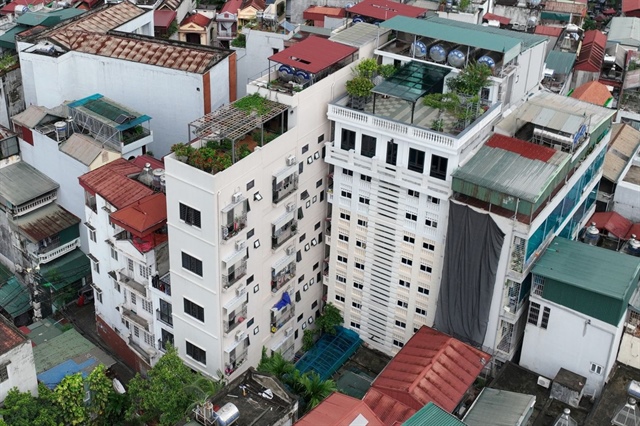
HoREA proposes adjusting land use fee ratios for individual social housing resales after five years. Photo: VGP |
According to Đinh Hoàng Thắng of Batdongsan.com.vn, from July 1 to December 31, 2025, social housing loans will carry a 5.9% annual interest rate. Commercial loan rates outside this segment will fluctuate slightly based on capital conditions and bank competition.
Lê Minh Hoàng emphasizes that banks must balance supporting young homebuyers under 35 with maintaining credit discipline for systemic safety. Loan packages must ensure transparent cash flows and repayment capacity, prioritizing projects with full legal compliance and infrastructure serving genuine housing needs.
“By aligning credit policies with social housing development programs, capital can be directed effectively, boosting market liquidity and socioeconomic benefits. Selective, needs-based real estate credit will ensure sustainable market recovery while maintaining banking system stability,” he concluded.
Hoàng An
– 19:00 30/09/2025
Hanoi: Skyrocketing Housing Prices Push Young People’s Dream of Homeownership Further Out of Reach
The cost of apartments in Hanoi remains prohibitively high, typically ranging from 70 to 100 million VND per square meter. This makes homeownership an increasingly challenging goal for many young individuals in the city.
Housing Concerns in Ho Chi Minh City: Residents Seek Solutions Beyond Affluent Buyers
At a recent constituency meeting held by the Ho Chi Minh City National Assembly Delegation (Unit 9) with residents of Vĩnh Hội, Khánh Hội, Xóm Chiếu, Tân Mỹ, Tân Hưng, Tân Thuận, Phú Thuận, Nhà Bè, and Hiệp Phước wards, several voters raised key concerns ahead of the 10th Session of the 15th National Assembly on September 27th.






